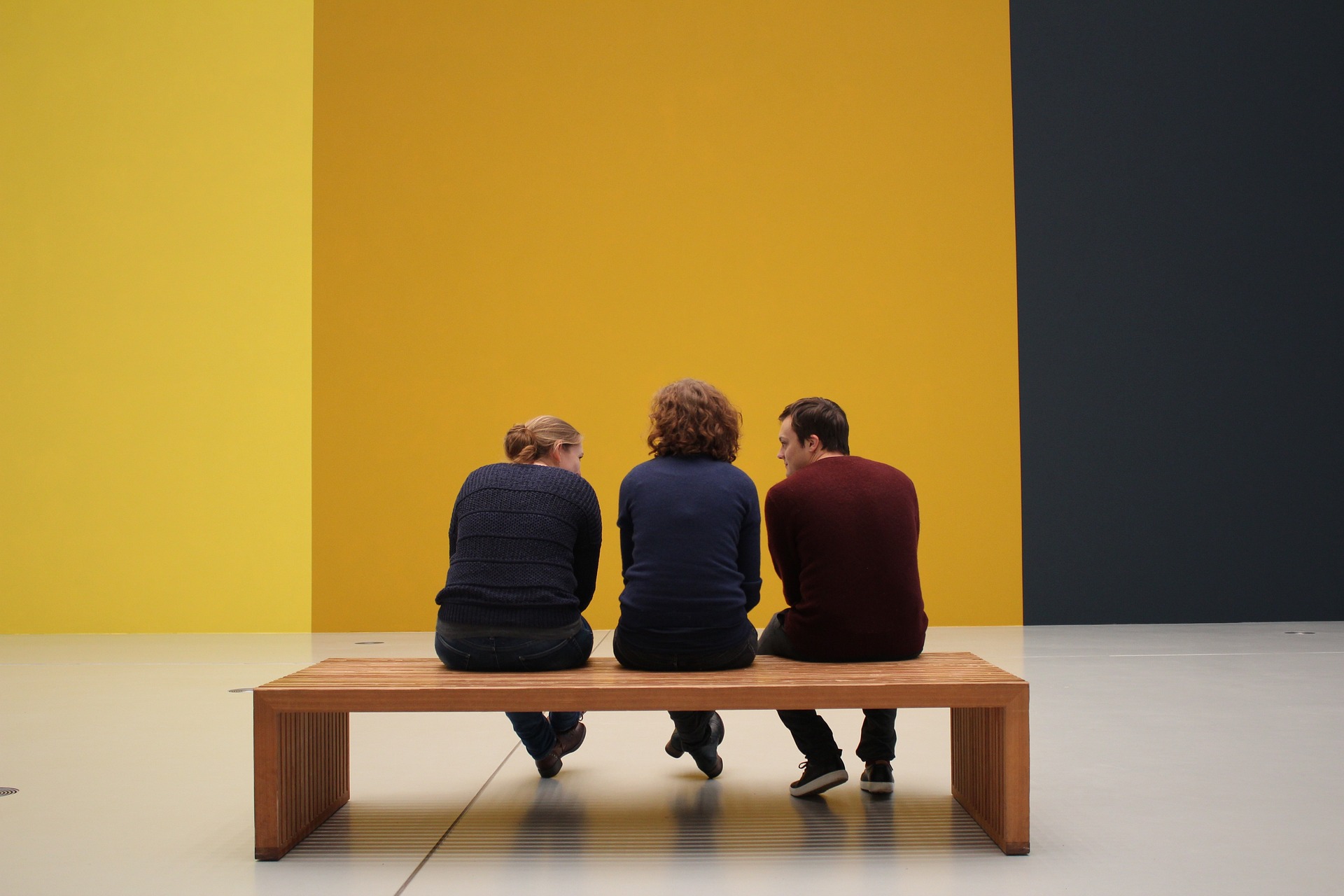Augmented Reality: A New Dimension in Artistic Expression
Introduction: Immerse yourself in the world of Augmented Reality (AR), a rising trend in the arts and entertainment industry that is reshaping our understanding of creativity. This article delves into the historical context, the latest developments, and the transformative impact of AR in the arts.

The Dawn of Augmented Reality
The concept of Augmented Reality dates back to the 1960s with the invention of the first head-mounted display system by Ivan Sutherland. However, it wasn’t until the 21st century that AR started gaining momentum, mainly due to the proliferation of smartphones. AR adds a digital layer to our physical environment, creating an immersive experience that is revolutionizing various sectors, including the arts.
Current Developments in AR Arts
Today, artists, museums, and theatres are incorporating AR to create mind-bending experiences. For instance, the Museum of Other Realities offers a virtual exhibition space where you can interact with AR artworks. Meanwhile, theatre companies, like the Royal Shakespeare Company, are exploring AR to present plays in innovative ways. These developments underscore the accelerating pace at which AR is being embraced in the arts.
AR’s Impact and Significance
AR’s impact on the arts is multifold. Artists are using AR to push the boundaries of their work, creating multi-sensory experiences that challenge traditional notions of art. For audiences, AR offers an interactive and immersive way to appreciate art, making it more accessible and engaging. Moreover, AR is democratizing art, as anyone with a smartphone can now create or experience AR art.
Reception of AR in the Arts
Despite initial skepticism, the reception of AR in the arts has been overwhelmingly positive. Critics praise its ability to create immersive experiences and its potential to redefine the relationship between artists and audiences. However, concerns about the digital divide and the loss of traditional art forms persist.
Looking Ahead
As AR technology continues to evolve, its influence on the arts is set to grow. Artists will continue to experiment with AR, pushing the boundaries of creative expression. Meanwhile, audiences can expect increasingly immersive and interactive experiences. The journey of AR in the arts has just begun, promising an exciting future for art enthusiasts and creators alike.
In conclusion, Augmented Reality is not just a technological innovation; it’s a new canvas for artists and a new lens for audiences to appreciate art. As we embrace this new dimension in artistic expression, we can look forward to a future where art is no longer confined to physical spaces but pervades every aspect of our reality.




